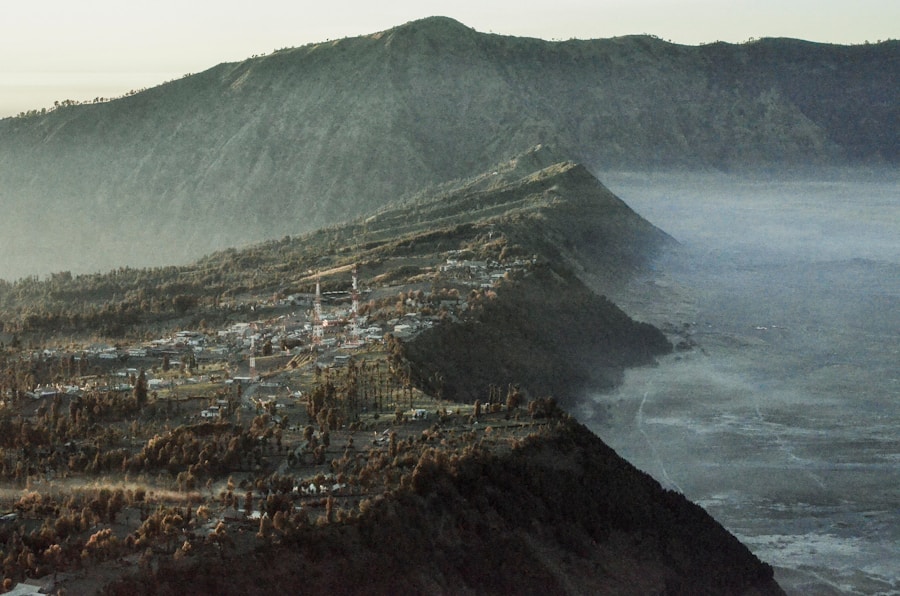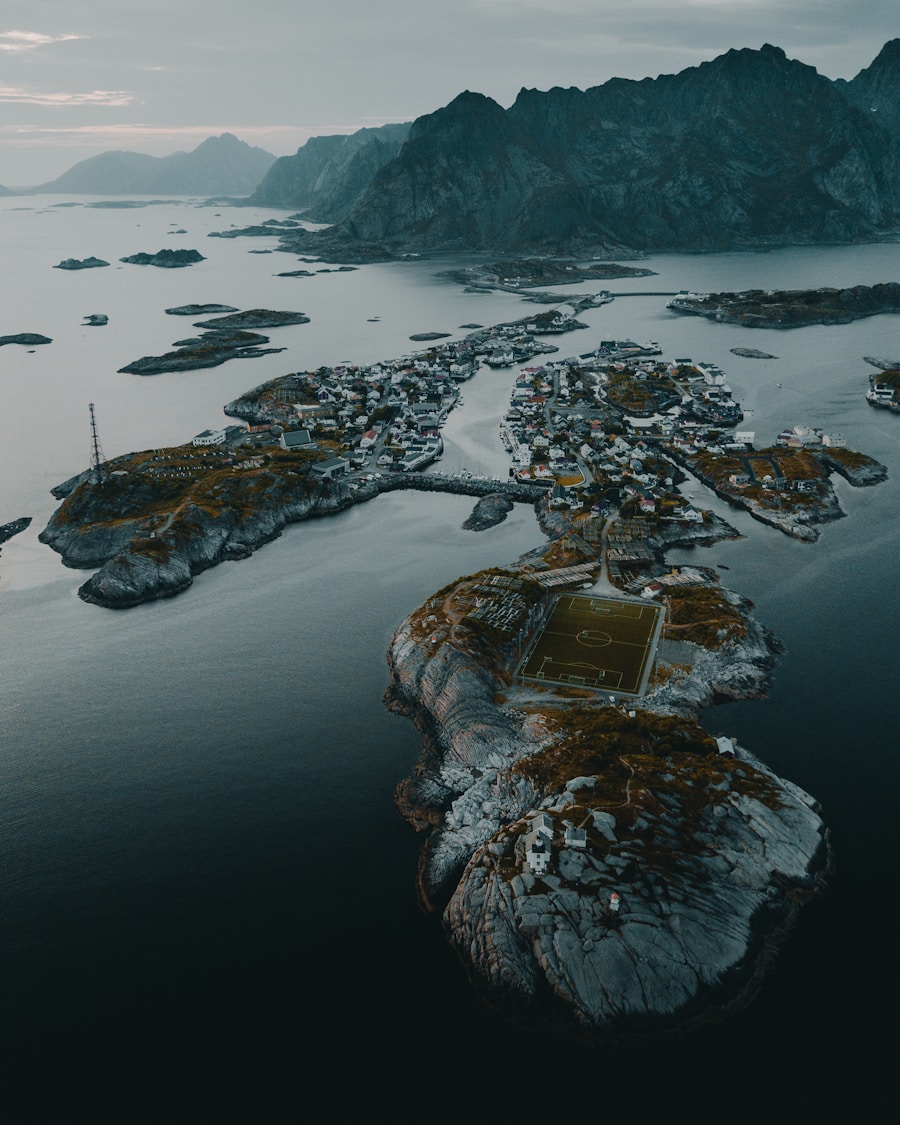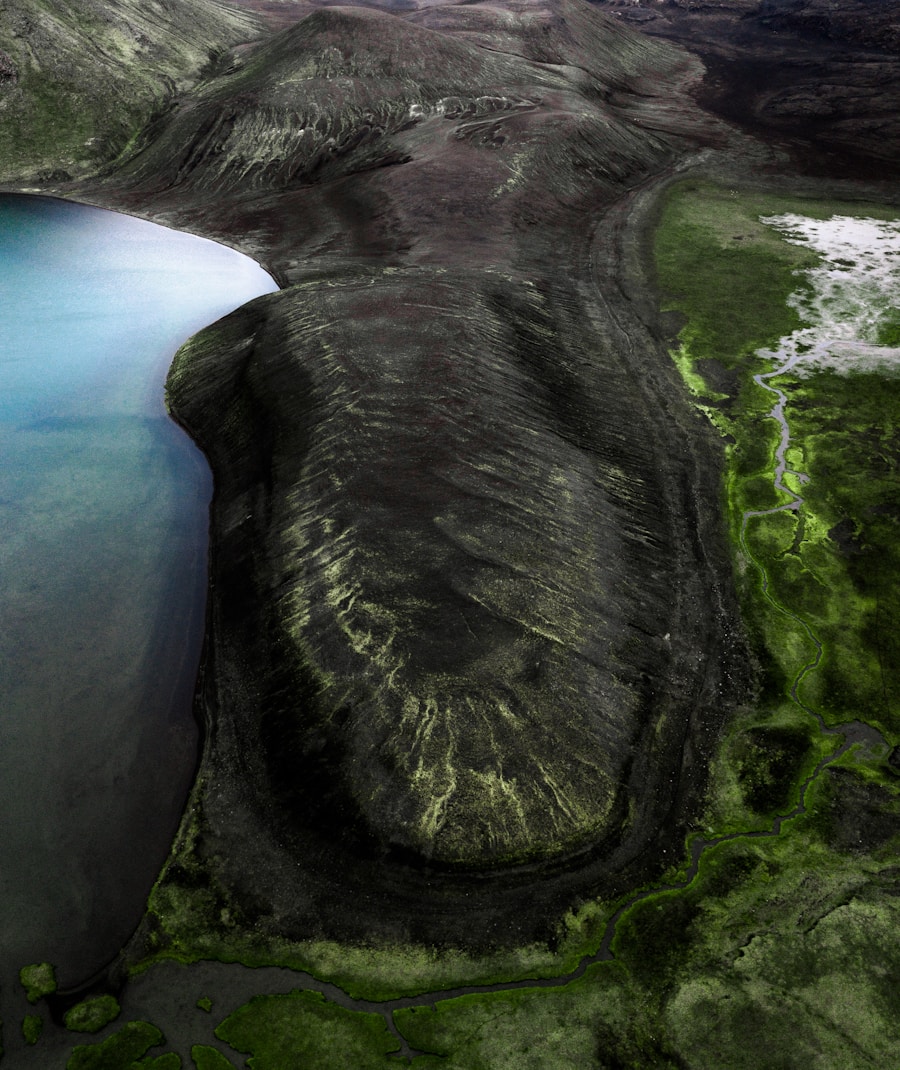Kaiju cinema, a genre that has captivated audiences for decades, traces its roots back to the post-World War II era in Japan. The term “kaiju” translates to “strange beast,” and it was during this tumultuous time that filmmakers began to explore themes of destruction and the consequences of humanity’s actions. The devastation wrought by the atomic bombings of Hiroshima and Nagasaki left an indelible mark on the Japanese psyche, and filmmakers sought to express their fears and anxieties through the lens of giant monsters.
This was not merely a form of entertainment; it was a reflection of societal trauma, a way to grapple with the horrors of war and the potential for future devastation. The first significant kaiju film, “Godzilla” (1954), directed by Ishirō Honda, emerged as a powerful metaphor for nuclear destruction. Godzilla, a towering creature awakened by atomic testing, became an embodiment of nature’s wrath against human folly.
The film’s success laid the groundwork for an entire genre, inspiring countless sequels and spin-offs. As you delve into the origins of kaiju cinema, you’ll discover how these films served as both cautionary tales and thrilling spectacles, merging horror with social commentary in a way that resonated deeply with audiences.
Key Takeaways
- Kaiju cinema originated in Japan as a response to the atomic bombings of Hiroshima and Nagasaki, reflecting the country’s fears and anxieties about nuclear power and its consequences.
- Godzilla, the most iconic kaiju, rose to fame in the 1950s and inspired a wave of other kaiju films, creating a global phenomenon.
- Monster Island, a fictional landmass where kaiju reside, was introduced in the Godzilla series and became a central element in kaiju storytelling.
- The special effects used in kaiju films have evolved over time, from practical effects to CGI, allowing for more realistic and immersive kaiju battles.
- Kaiju cinema has had a significant impact on pop culture, influencing everything from film and television to music and fashion, and inspiring countless spin-offs and adaptations.
The Rise of Godzilla and Other Kaiju
The Evolution of Godzilla
In subsequent films, Godzilla’s persona shifted from a villain to a protector, reflecting changing societal attitudes and the desire for hope amidst chaos. This transformation allowed audiences to connect with the monster on a deeper level, seeing him as a misunderstood creature rather than just a harbinger of destruction.
A Universe of Kaiju
Alongside Godzilla, other kaiju emerged, each with their unique characteristics and stories. Monsters like Mothra, King Ghidorah, and Rodan added layers to the kaiju universe, creating a rich tapestry of narratives that explored themes of friendship, rivalry, and environmentalism.
Epic Battles and Lasting Influence
These films often featured epic battles between these colossal beings, captivating viewers with their imaginative storytelling and groundbreaking special effects. As you explore this era, you’ll find that the rise of Godzilla and his fellow kaiju not only shaped the genre but also influenced how audiences perceive monsters in popular culture.
The Birth of Monster Island

In the realm of kaiju cinema, Monster Island stands as a legendary concept that has captured the imagination of fans worldwide. This fictional sanctuary for giant monsters serves as both a setting for epic battles and a refuge for these misunderstood creatures. The idea of Monster Island first gained traction in the 1968 film “Destroy All Monsters,” where various kaiju were brought together to coexist in a controlled environment.
This concept allowed filmmakers to explore new narratives while providing fans with thrilling monster mash-ups. The allure of Monster Island lies in its ability to create a sense of community among kaiju. It offers a space where these colossal beings can interact, forming alliances or engaging in fierce rivalries.
As you delve into this aspect of kaiju cinema, you’ll discover how Monster Island has become a symbol of unity amidst chaos, showcasing the potential for cooperation even among the most fearsome creatures. This setting has inspired numerous films, comics, and merchandise, solidifying its place in kaiju lore and further enriching the genre’s mythology.
Evolution of Kaiju Special Effects
| Decade | Special Effects Technique | Examples |
|---|---|---|
| 1950s | Suitmation | Godzilla (1954), Rodan (1956) |
| 1960s | Wirework and Miniatures | Mothra (1961), Ghidorah, the Three-Headed Monster (1964) |
| 1970s | Animatronics and Puppetry | Godzilla vs. Mechagodzilla (1974), Terror of Mechagodzilla (1975) |
| 1980s | Stop Motion and Practical Effects | The Return of Godzilla (1984), Godzilla vs. Biollante (1989) |
| 1990s | CGI Integration | Godzilla vs. SpaceGodzilla (1994), Godzilla 2000: Millennium (1999) |
| 2000s | Advanced CGI and Motion Capture | Godzilla: Final Wars (2004), Godzilla: Tokyo S.O.S. (2003) |
| 2010s | Hybrid Techniques (CGI and Practical Effects) | Shin Godzilla (2016), Godzilla: King of the Monsters (2019) |
The evolution of special effects in kaiju cinema is a fascinating journey that mirrors advancements in technology and creativity. In the early days, filmmakers relied on practical effects, using miniatures and suitmation to bring their monstrous visions to life. The iconic image of men in rubber suits battling it out against miniature cities became synonymous with the genre.
While these techniques may seem dated by today’s standards, they were groundbreaking at the time and contributed to the charm and uniqueness of classic kaiju films. As technology progressed, so did the methods used to create these colossal creatures. The introduction of CGI revolutionized kaiju cinema, allowing filmmakers to craft more intricate and realistic monsters.
Films like “Pacific Rim” and the recent “Godzilla” series showcased stunning visual effects that brought these titanic battles to life in ways previously unimaginable. However, even with modern advancements, many filmmakers still pay homage to traditional techniques, blending practical effects with digital enhancements to create a sense of authenticity. As you explore this evolution, you’ll appreciate how each era’s innovations have shaped the visual language of kaiju cinema while maintaining its core essence.
Impact of Kaiju Cinema on Pop Culture
Kaiju cinema has left an indelible mark on pop culture, influencing various forms of media beyond film. From comic books to video games, the impact of these giant monsters can be seen across multiple platforms. The iconic roar of Godzilla or the majestic flight of Mothra has become ingrained in popular consciousness, often referenced or parodied in various contexts.
This cultural permeation speaks to the universal appeal of kaiju narratives—stories that resonate with themes of fear, resilience, and the struggle between man and nature. Moreover, kaiju films have inspired countless creators across genres. The influence can be seen in Hollywood blockbusters like “Transformers” and “Jurassic Park,” where colossal creatures play pivotal roles in driving narratives forward.
Additionally, independent filmmakers have embraced kaiju themes, creating unique interpretations that challenge traditional storytelling conventions. As you navigate through this cultural landscape, you’ll recognize how kaiju cinema has transcended its origins to become a vital part of global pop culture, inspiring new generations of artists and storytellers.
Global Influence of Kaiju Films

While kaiju cinema originated in Japan, its influence has spread far beyond its borders. International filmmakers have drawn inspiration from the genre, creating their interpretations that reflect local cultures and concerns. For instance, South Korea’s “The Host” (2006) reimagined the kaiju narrative through a contemporary lens, addressing issues such as environmental degradation and government response to crises.
Similarly, Hollywood has embraced kaiju elements in films like “Kong: Skull Island,” showcasing how these themes resonate across different cultures. The global appeal of kaiju films lies in their ability to address universal fears while providing thrilling entertainment. Audiences from diverse backgrounds can relate to the underlying messages about humanity’s relationship with nature and technology.
As you explore this global influence, you’ll see how kaiju cinema has fostered cross-cultural dialogue and collaboration, leading to exciting new projects that continue to push the boundaries of storytelling within the genre.
Modern Kaiju Cinema and Monster Island
In recent years, modern kaiju cinema has experienced a resurgence, marked by high-profile releases that pay homage to classic films while introducing fresh narratives. The MonsterVerse franchise, which includes films like “Kong: Skull Island” and “Godzilla vs. Kong,” has reinvigorated interest in these colossal creatures on a global scale.
These films blend cutting-edge special effects with compelling storytelling, appealing to both long-time fans and newcomers alike. Monster Island remains a central theme within this modern context, serving as both a nostalgic reference and a platform for new adventures. The concept continues to evolve as filmmakers explore new dynamics among kaiju characters while addressing contemporary issues such as climate change and corporate greed.
As you engage with modern kaiju cinema, you’ll find that it not only honors its roots but also adapts to reflect current societal concerns—ensuring that these monstrous tales remain relevant for future generations.
The Future of Kaiju Cinema
Looking ahead, the future of kaiju cinema appears bright and full of potential. With advancements in technology continuing to reshape storytelling possibilities, filmmakers are poised to explore new dimensions within the genre. The integration of virtual reality experiences or interactive storytelling could offer audiences immersive encounters with their favorite monsters like never before.
Additionally, as global awareness around environmental issues grows, we can expect more narratives that address humanity’s impact on nature through the lens of kaiju. Moreover, as diverse voices continue to emerge within the film industry, we may see fresh perspectives on traditional kaiju narratives that challenge conventions and expand representation within the genre. This evolution will not only enrich storytelling but also ensure that kaiju cinema remains dynamic and relevant in an ever-changing cultural landscape.
As you contemplate the future of this beloved genre, you’ll recognize that while kaiju may be monstrous in size, their stories are deeply human—reflecting our fears, hopes, and aspirations for a better world.
